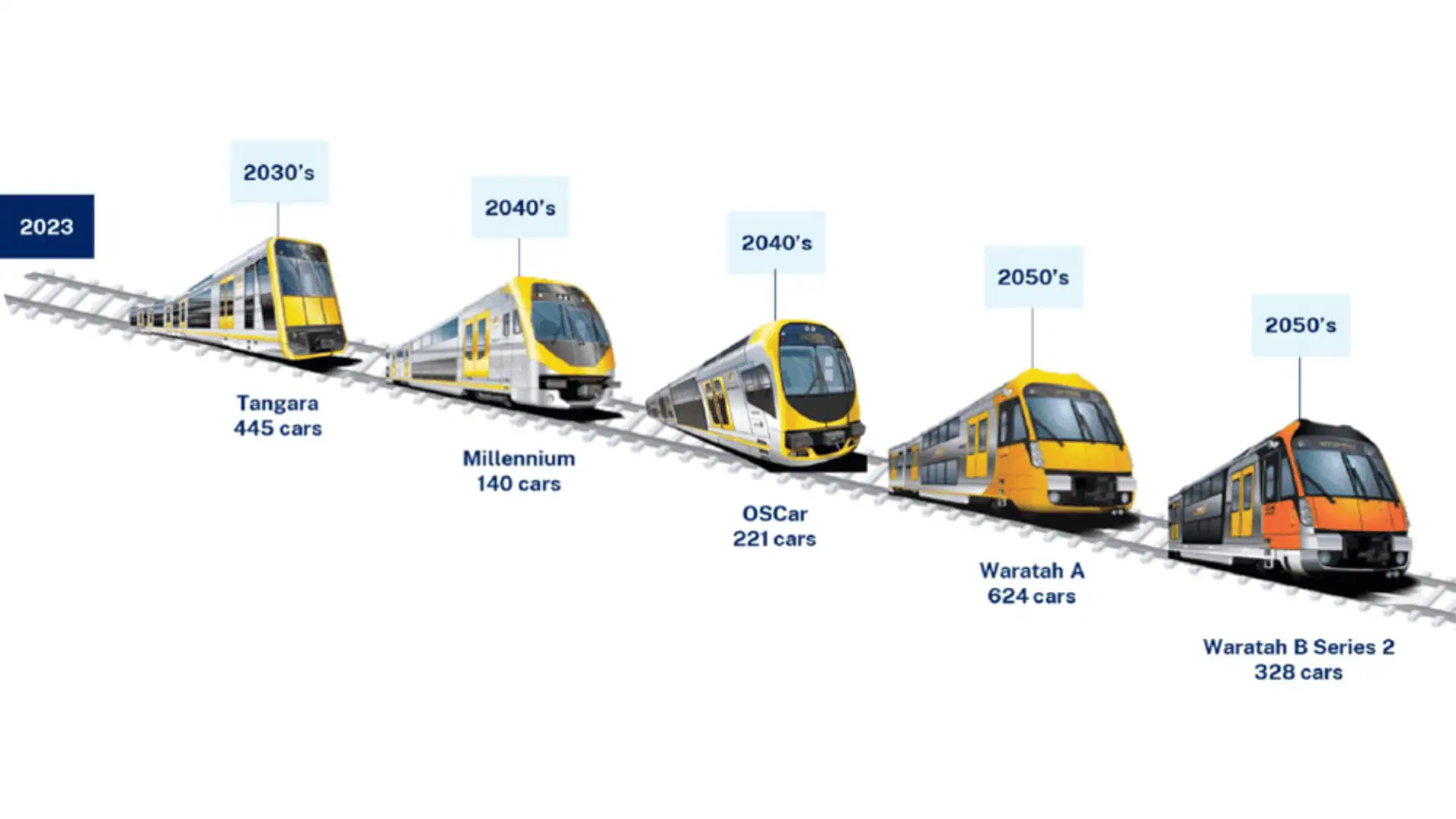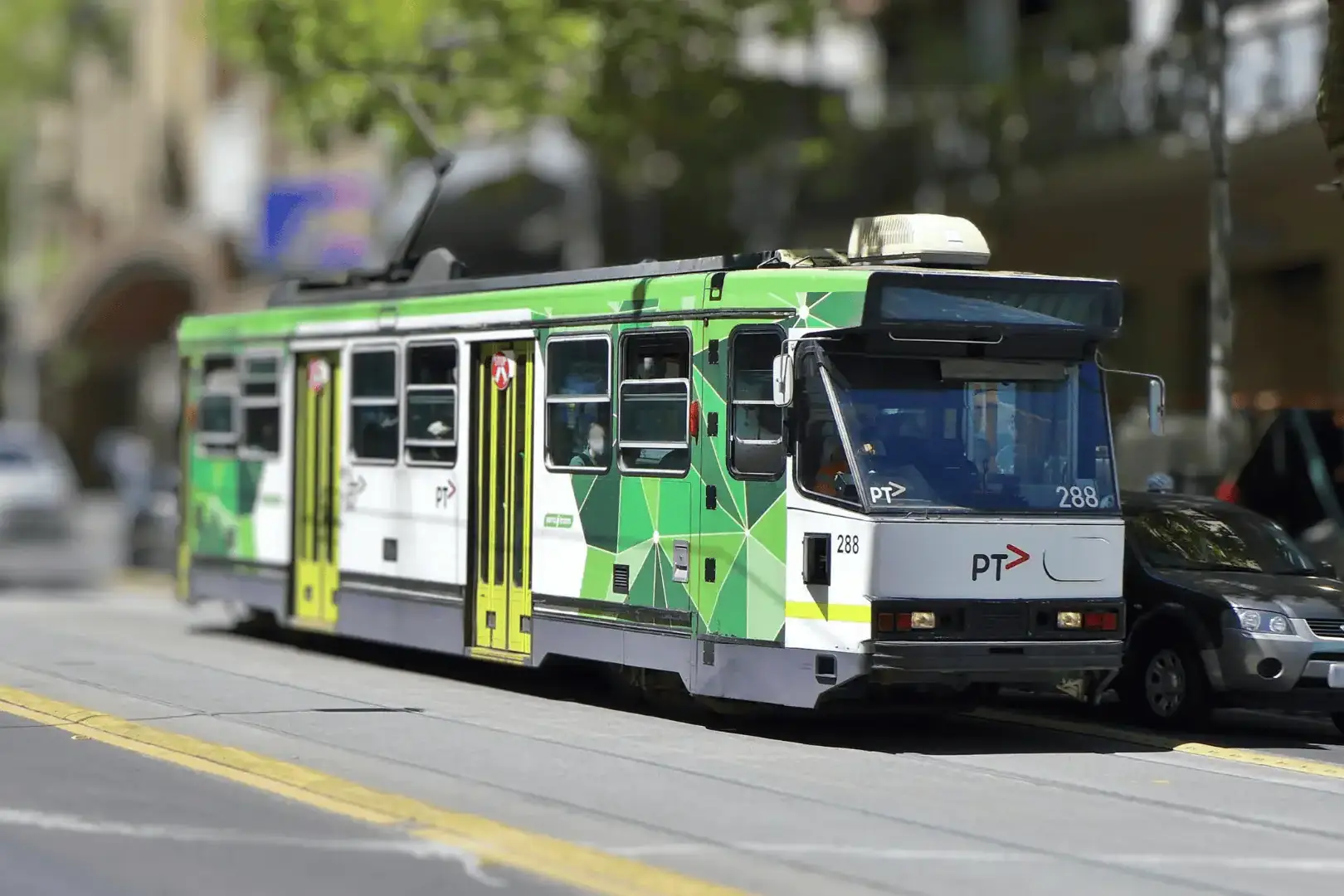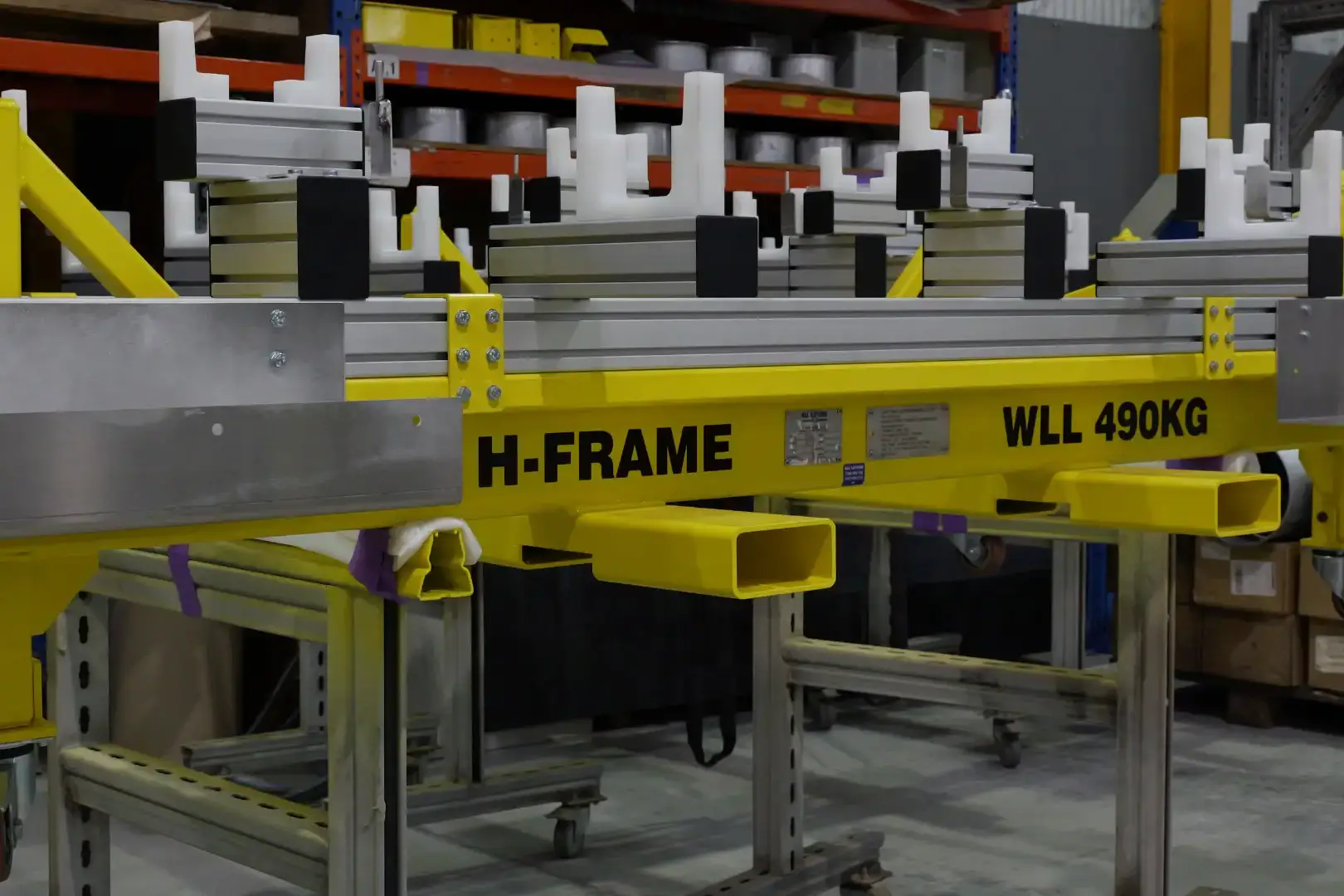The NSW Government aims to revamp the rail manufacturing landscape in Australia. With the announcement of the Future Fleet Program, New South Wales has established a local content target of 50% for this new rail project up until the 2050s.
The Hon Jo Haylen MP, Minister for Transport expressed the pain points of overseas rail manufacturing mentioning the quality infrastructure isn’t readily available in a timely manner.
The current rail network in NSW faces issues such as too many different types of trains running and requiring maintenance through the NSW Transport systems. With this in mind the NSW Government looks to plan effectively, consult widely and listen to industry and trail users.
NSW Transports Next Step
With that being said the Government’s Future Fleet Program represents the next big step in rail procurement. It is a multi-decade fleet transformation comprising approximately 1500 new cars.
One of the NSW Government’s objectives is to build great rolling stock that is capable of adaptation and improvement over the lifecycle, with less reliance on buying completely new trains from an entirely different country every five to ten years.
The first phase of procurement is set to be for the Tangara fleet of suburban passenger trains by March 2027, with a 50% local content target to be included in the contract.
What is The Future Fleet Program?
The Future Fleet Program comprises 1,500 car bodies split up into 5 different train projects. The Taranga fleet by the 2030s, the Millennium fleet in the 2040s, the OSCar by the 2040s, the Waratah A by the 2050s and the Waratah B Series 2 by the 2050s.
The NSW Government has a goal to start procurement for a replacement fleet of the Tangara trains by 2027, with a local content goal of minimum 50%. This will ensure Australian and NSW-based businesses and jobs are engaged in designing, building, and maintaining the fleet.
Building capacity has started with the Tangara Life Extension underway with the project seeing almost 450 cars make their way through a major overhaul in the future. The current cost of this project is about $450 million which is set to improve the Tangara fleet and time to plan and cost the trains for the future.
With the long term in mind, the NSW Government wants to establish a strong legacy of skilled rail manufacturing jobs and apprenticeships in a reestablished Australian rail manufacturing industry.
Rail Manufacturing Supply Chain

Types of Trains
- Tangara – 445 cars
- Millenium – 140 cars
- OSCar – 221 cars
- Waratah A – 624 cars
- Waratah B Series 2 – 326 cars
The long Term Suburban Passenger Fleet Replacement Pipeline, based on nominated design life.

Future Fleet Program Benefits
1. Made Locally for NSW
The New South Wales Government will invest in a suburban passenger fleet with at least 50% Australian and New Zealand content, generating opportunities for NSW businesses, jobs, and apprenticeships along the value chain.
2. Enhance passenger network customer outcomes
The New South Wales government will invest in a contemporary suburban fleet that is accessible to all passengers and caters to a variety of passenger and travel types throughout the suburban network.
3. Design Innovation and Standardisation
The New South Wales government will invest in creative and adaptable fleet designs that satisfy passenger needs while standardising base platform components to allow for economies of scale in manufacturing as well as operational and maintenance efficiency.
4. Net Zero and Circular Economy
The New South Wales government will invest in a fleet that meets Nett Zero targets, incorporates Circular Economy concepts throughout the asset lifecycle, and decarbonises the fleet through the use of recycled materials.
5. Operations and Maintenance Efficiency
The New South Wales government will invest in a fleet that supports more efficient operations and maintenance methods, as well as help the workforce implement cutting-edge maintenance techniques.
What is the current status of the Future Fleet Program?
NSW Transport is currently in consultation with the newly established Transport Asset Manager of NSW (TAM). Currently the Preliminary Business Case has been finalised for suburban passenger fleet replacements and will be seeking direction from the NSW Government on the delivery strategy and local content options in the coming months.
This is likely to shape the development of a full business case to proceed for the procurement process and meet the local content target.
2025 Scope
Confirmation of preferred asset lifecycle for current suburban passenger fleets – Initial indication of order volume for first double deck suburban passenger train replacements – Design scoping with industry for New South Wales next generation of double deck suburban passenger trains
What is the Future Fleet Program’s Next Step?
Stakeholders can expect the following activities as the Future Fleet Programme collaborates with local industry to provide NSW’s next generation of suburban passenger trains.
2025
Industry and suppliers can contribute to the development of the Future Fleet Programme through various activities.
Initial order volume for new suburban passenger train replacements. Design interaction with industry for NSW’s next generation of double deck passenger trains.
2026
Subject to a future NSW Government investment decision, the first orders for suburban passenger trains will be placed.
2027-28
The first order contract for the next generation of passenger trains and related infrastructure has been awarded.

Final Thoughts
The Future Fleet Program is a significant upgrade to the NSW rail infrastructure network, with a focus on local rail manufacturing for the foreseeable future. So far the project seems to be on track with 1,500 new cars to be manufactured over the span of 25 years.
As the project starts to approach the procurement stage the industry looks to reduce the number of redundant trains and improve the overall network.
Learn more about Australian rail projects such as the Metro Tunnel Project in Melbourne, the Queensland Train Manufacturing Program and A Class Tram.
Get insights on industry news and posts.
Related Posts
October 29, 2025
A Class Tram | Details & History
Learn how the A Class Tram evolved from Z3, with A1 and A2 changes, braking,…
July 24, 2025
Tooling, Fixtures & Jigs Overview | Rail Applications
Tooling, jigs & fixtures is the physical interface between the design and the…
July 3, 2025
Melbourne Metro Tunnel Project | 2025 Update
Melbourne’s Metro Tunnel Project, set to open 2025 is the largest rail…




